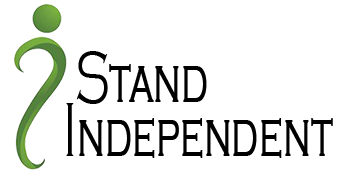Drinks
Interesting Information
Storing drinks for a crisis may not be your top long-term storage priority, however, it is worth a page on this website.
We drink 183 gallons per year. That’s twenty 55 gallon drums for a family of six. We don’t just drink tap water, however. The bottled water industry in the U.S. was $14 billion in 2018. [1]
Bottled water represents only 25% of the purchased beverages Americans drink.[2] Soft drinks (22%), coffee (12.5%), beer (11%), tea (10%), fruit drinks (6.5%), sports drinks (3%), wine (1.6%), and energy drinks (1.3%) account for most of the rest.
Nearly 20% of Americans do not drink tap water[3] mainly out of distrust of the purity of the water. Despite the Safe Water Drinking Act a few million Americans do not have access to safe tap water and well water is not regulated by that act.

Storing water purification tablets or filters or both should be considered in a long-term storage plan.
Stored properly, coffee beans can stay relatively fresh up to 9 months, although their quality will slowly degrade over this time.
Tea can be stored long term once environmental factors are eliminated, heat, light and air. Vacuum-sealed tea bags can last much longer than tea stored in other conditions and can be ingested years past its expiration date with little change to the tea’s flavor.
Both instant and non-fat powdered milk have a shelf life of up to 20 years if stored in a cool location with an average temperature below 75 degrees.
Most beers last beyond the printed expiration date on the package. When stored at room temperature, you can expect beer to last for six to nine months beyond the use-by date. Wine, however, properly stored, lasts decades. Hops can be grown in just about any moderate climate in the U.S., but do best in USDA hardiness zones 5 through 9. Grapes can be grown in USDA zones 4-10, which is to say almost anywhere in the continental United States.
Shifting now from your preferred beverage to drinking more water makes sense as part of a long-term shift away from dependency on a faltering society.
[1] The Global Bottled Water Market: Expert Insights & Statistics
by The Business Research Company, on February 28, 2018
[2] Examining Recent Trends in the Racial Disparity Gap in Tap Water Consumption: NHANES 2011–2018, doi: https://doi.org/10.1101/2021.04.06.21255016
[3] “Nearly 60 million Americans don’t drink their tap water, research suggests” reported on “theconversation.com”.
Resource List
Books:
Websites:
Social Media Groups:

